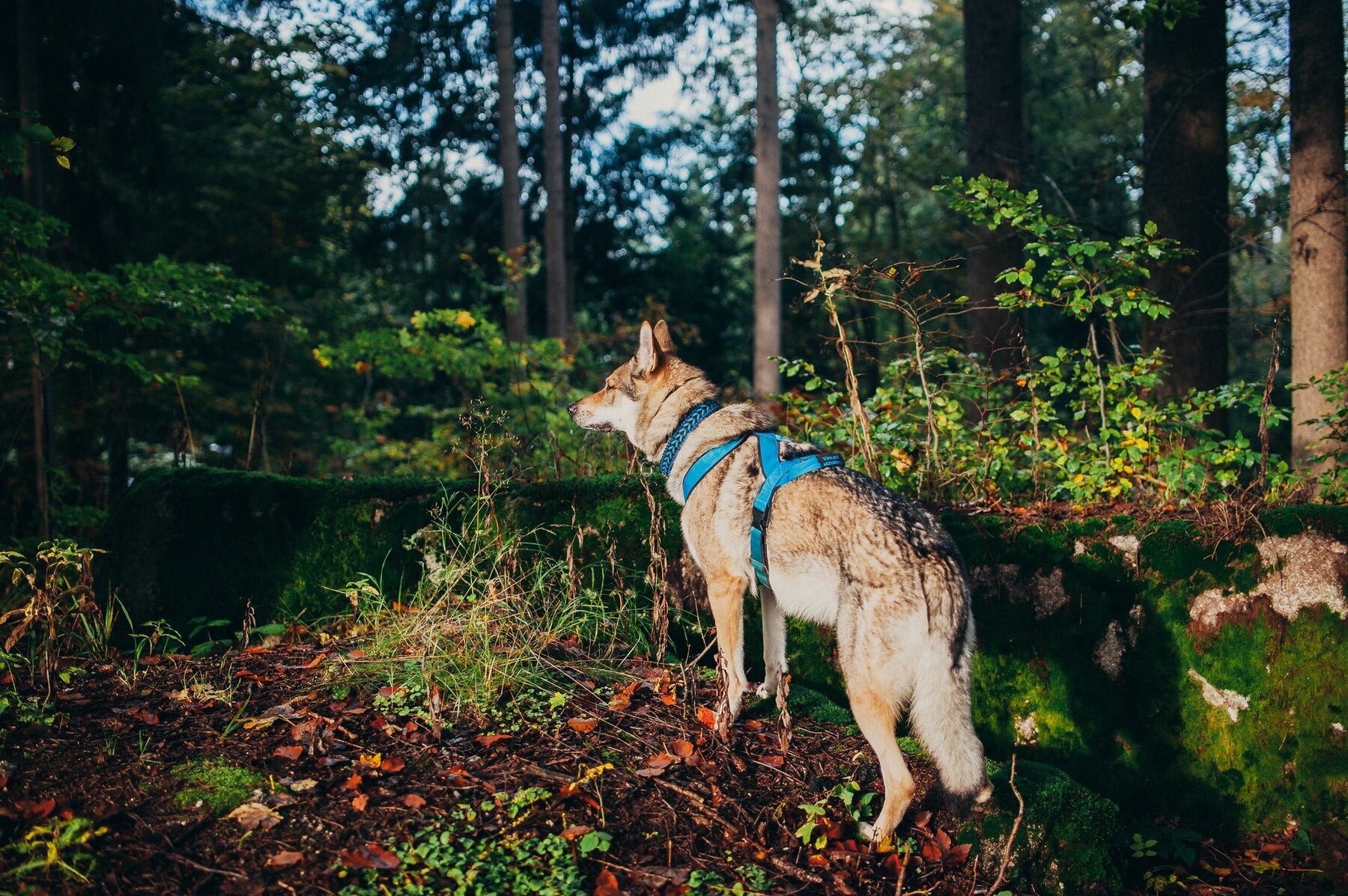Dog harnesses have become increasingly popular among pet owners for good reason. More than just a fashion accessory, a well-fitted harness can offer enhanced control, comfort, and safety for both you and your canine companion. In this guide, we'll delve into the world of dog harnesses, exploring their benefits, different types, and how to choose the perfect one for your furry friend.
-
Understanding the Benefits of Dog Harnesses
-
Enhanced Control: Unlike traditional collars, harnesses distribute pressure across a dog's chest and back, providing better control and minimizing strain on the neck and throat. This is especially beneficial for dogs prone to respiratory issues or those with sensitive necks.
-
Reduced Pulling: Harnesses are an excellent tool for training and managing dogs that tend to pull during walks. They offer more control over your dog's movements, making walks more enjoyable for both of you.
-
Preventing Escapes: Dogs with a talent for slipping out of collars may find harnesses more secure. The snug fit and additional straps make it harder for Houdini-like escape artists to wriggle free.
-
Ideal for Small Breeds: Harnesses are particularly suitable for small or toy breeds that are susceptible to tracheal damage. They provide a safer and more comfortable walking experience.
-
-
Types of Dog Harnesses
-
Back-Clip Harnesses: These harnesses have the leash attachment on the back, distributing pressure across the dog's back. They are suitable for well-behaved dogs or those in training.
-
Front-Clip Harnesses: With the leash attachment at the front, these harnesses discourage pulling by redirecting your dog's attention towards you. They are ideal for dogs in need of leash training.
-
Step-In Harnesses: Designed to be easily stepped into and secured, these harnesses are great for dogs who are not fans of having harnesses placed over their heads.
-
Vest Harnesses: Offering more coverage, vest harnesses are often padded and suitable for dogs with respiratory issues, as they provide additional support without putting pressure on the neck.
-
-
Choosing the Perfect Harness for Your Dog
-
Measurements Matter: Accurate measurements are crucial for finding the right fit. Measure your dog's chest girth and neck size to ensure the harness is neither too tight nor too loose.
-
Consider Your Dog's Behavior: If your dog pulls, a front-clip harness may be more effective in redirecting their attention. For well-behaved dogs, a back-clip harness provides comfort and freedom of movement.
-
Material Matters: Choose a harness made from durable, breathable materials. Consider padded options for added comfort, especially during long walks or hikes.
-
Adjustability: Opt for a harness with adjustable straps to achieve a snug fit. Ensure that it is easy to put on and take off without causing stress to your dog.
-
-
Maintenance Tips for Dog Harnesses
- Regularly inspect the harness for any signs of wear or damage.
- Clean the harness according to the manufacturer's instructions, especially if it's machine washable.
- Replace the harness if it becomes damaged to ensure your dog's safety and comfort.
A well-chosen dog harness can make a significant difference in your walks and your dog's overall well-being. By understanding the benefits, exploring different types, and considering your dog's specific needs, you can select a harness that enhances comfort, control, and safety. So, harness up and enjoy the adventures with your furry friend, knowing you've chosen the best gear for the journey ahead.

